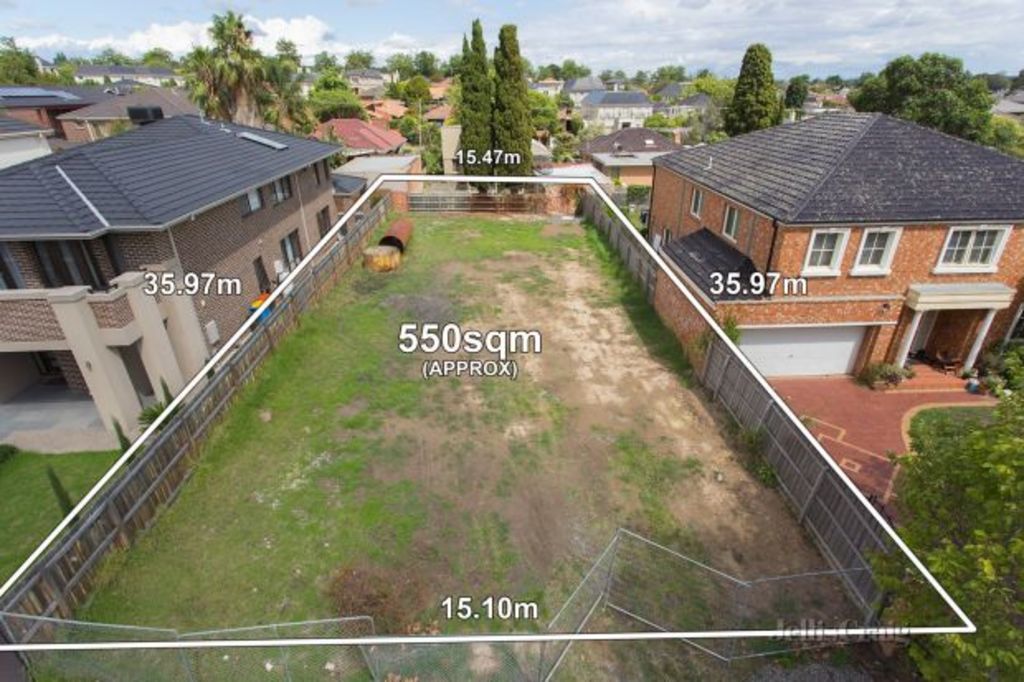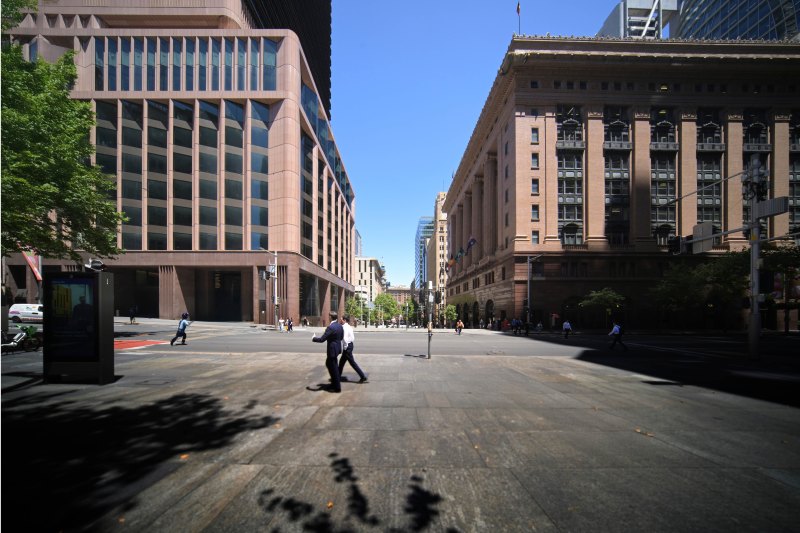Buying a block of land is back, ABS figures show

The number of loans written to buy a block of land hit a record high in September as families building their own home on a vacant block return with force to official figures.
While overall lending dropped 5.3 per cent in September – its worst performance in nine months – personal loans managed a fifth-consecutive monthly rise, according to the Bureau of Statistics.
In those personal loans was the particularly surprising nugget surrounding loans for the purchase of land, which touched a record high near $8 billion.

The figures speak to a developing narrative in the residential construction market, according to CommSec senior economist Ryan Felsman.
“While dwelling investment has peaked, one would think, we’re still building record number of houses across the country to try to meet demand, which is still strong particularly in areas where we’re seeing strong population growth,” Mr Felsman told Domain.
“If you look out at the western suburbs of Sydney, for example, there’s a freeing up of land to build houses on.
“It appears the government is making more land available, particularly in south-west Sydney and north-west Sydney – particularly with all the infrastructure corridors going in.”
Supply is still striving to keep up with demand, and while an increase has been seen in property downsizing and townhouse living, home building continues to run at record highs.
Part of the explanation of the rise in lending to buy land comes from families being offered new housing that doesn’t align with what they’re looking for, according to Housing Industry Association senior economist Geordan Murray.
As the strategic housing plans of major capital cities increasingly shift toward apartment and semi-detached construction, those seeking a house and land are becoming much more competitive and willing to build.
“As soon as land becomes available it is being snapped up very quickly by households,” Mr Murray told Domain.
“There is a bit of a mismatch between what households are wanting at the moment, and the new housing that’s being supplied. There’s very strong demand for detached housing.”
Meanwhile, lending for renovations and alterations also caught the eye of building sector analysts as it lifted.
High transaction costs, particularly stamp duty, are now encouraging homeowners to stay put and re-work what they have, rather than move house.
“A lot of people are looking at those costs and saying ‘instead of paying all that in tax and transaction costs, if I put that money into a renovation I could get that improvement in my house that I’m looking for’ “, Mr Murray said.
“I think that’s increasingly a factor.”
Additionally, the HIA expects an increase in the number of renovations over the next four-to-five years as housing stock of 20-30 years ago deteriorates and becomes in need of restoration.
We recommend
We thought you might like
States
Capital Cities
Capital Cities - Rentals
Popular Areas
Allhomes
More







